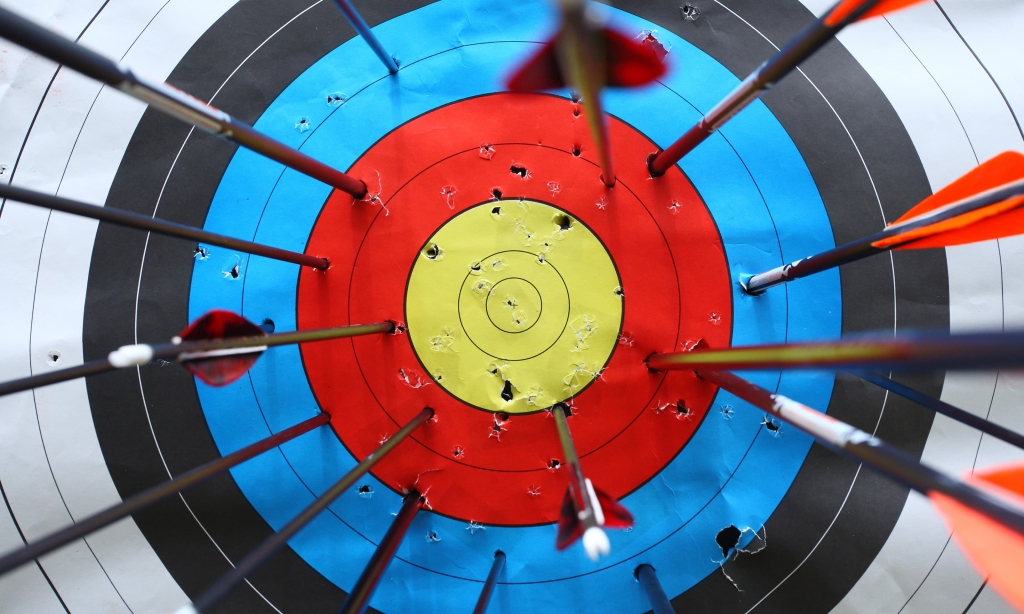

 Article
Article

AI requires data, lots of it. Tech companies are rapidly building new data centers to house it, which will require massive amounts of electricity. How do we power them and stay on track with our emission reduction goals? An unlikely candidate is emerging – nuclear energy.
For decades, we have used quantum physics to power MRI machines, solar panels, and lasers. More recently, big tech companies have entered a race to quantum supremacy, where quantum computers surpass silicon-based super computers in speed and complex problem solving. But what is it?
Computer simulations have been used for decades to predict outcomes. Now digital twins create virtual environments that not only mirror their real-world counterparts but also respond to real-time data to yield more confident decision making.
Hollywood has long portrayed robots as friendly and misunderstood but also a technology to be feared if left in the wrong hands. Today, humanoid robots are being designed not only to carry out simple tasks but also, display a broad range of emotions and react to people in real-time. But just because we can build it, should we?

New research by UVA Darden’s Manel Baucells and Yael Grushka-Cockayne explores how mental accounting affects project management decisions. Their findings show the key lies in balancing rational models with behavioral insights — a strategy that can turn challenges into opportunities for success.
With the U.S. presidential election looming, ballots, voting machines and election security are again in the news. UVA's David Nemer joins Good Disruption hosts Yael Grushka-Cockayne and Mike Lenox to discuss the role that culture and trust play in the acceptance of electronic voting and the importance of protecting the entire electoral process.
Utility-scale power plants have long dominated electricity distribution. Now, distributed energy resources (DERs) like rooftop solar are changing this model. DERs can disrupt the grid if poorly managed, but if integrated well, can enhance efficiency and resilience. This shift marks a significant change in how energy is generated and distributed.
Social media is one of the biggest and most controversial disruptions in the last decade, arguably the last several decades. Algorithms, meant to create a more personalized experience, are isolating users from diverse opinions and news sources. How ca we use AI and data to redefine the user experience on social media to achieve healthier outcomes?
AI companions are designed to support the individual but what is the impact on broader society? Don’t we as humans get something out of supporting each other?
How close are we to fully automated vehicles and how will transportation itself change as a result?